A5
When completing this activity in Module 9, Culture and Gender, I found both similarities and differences in my partner and I’s responses. Some difference included me having 5 responses that were female, while my partner only had 3. My partner was a male and mostly had male responses. The majority of our responses were similar. That being said, eight out of the ten we responded the same. My partner and I’s responses showed gender stereotypes. I associated some answers that were female to jobs that were opposite of their typical gender expectations. My partner responded mostly with a gender associated expectations for each job. For example, I responded female for a Doctor, but my partner responded male. If you look at this job with gender stereotypes in mind, one would assume a male role. I believe women can do any occupation a man can do.
This activity gave me a great learning experience. It taught me the differences and similarities in my own responses compared to someone else responses. Gender stereotypes become apparent because of sex role differentiation. Me being a female I would expect more female responses, while a male would respond with more male responses.
This image is a table I created from the activity. I chose it because it reflects my partner and I’s responses. It lists each occupation and then my partner and I’s responses. 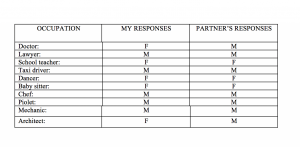
A4
In Module 13, Culture and Health, the activity asked me what made me happy. The people in my life are what make me the happiest. Whenever I’m down I just sit back and look at all that I have in life and realize how blessed I am. During different times of my life there are multiple things that can make me happy. For example, when I’m sad, food and my cats always make me the happiest, but when I’m mad, exercising definitely brings me so much happiness and relief. Sometimes just seeing certain people can turn my whole mood around. My happiness relates to my physical health because when I’m upset or sad I tend to be lazy. If I don’t work out or eat healthy I start to feel unmotivated. My overall well-being and self-judgment can affect my health. When I’m physically healthy and feeling good, my happiness is higher. Being physically and mentally healthy has a huge role in my self happiness.
This activity taught me to take a step back and realize what truly makes me happy. I saw how self care reflects on one’s overall well-being and happiness. I learned how culture can influence physical health. Whether it be genetics, health care, the environment, or even someone’s lifestyle, all of these can have an affect on someone’s happiness. Understanding this has opened my eyes and I’m going to focus more on my own health and happiness.
The image on the left are my cats. They make me so happy whenever I see them and are my absolute favorite babies. The image on the right is my best friend and boyfriend. He makes me so happy by motivating me to be the best I can be. I’m so grateful to have him in my life and he has such a huge impact my health and happiness.
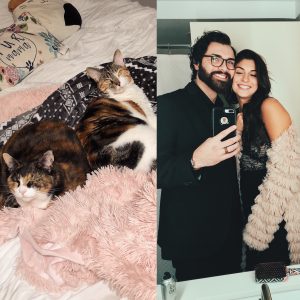
A3
| Target Person | Minutes |
| Your parent | 60 min |
| Your older sibling | 60 min |
| Your boyfriend or girlfriend | 45 min |
| Your best friend | 45 min |
| Your colleague | 30 min |
| Your client | 20 min |
| Your boss | 60 min |
While completing Module 10, Culture and Cognition, I did find differences in my results. The person I would wait for the longest would either be my parents or my boss, depending on how much I like my job. I would wait for my parents the longest because they are my life bosses as of right now. I have a lot of respect for them and they would probably have a good excuse for making me wait so long. I’d also wait for my boss the longest because if the job I’m at is good and I enjoy working there, I would respect my boss and wait longer for them. The person I’d wait for the least would be a client. If they let me know that they’re running late, then that could be an exception. Time is money and if they’re late, I’m not waiting around for them to never show up. It all depends on the situation.
This activity taught me that time is valued differently depending on the kind of person you are. For me I value the time of people close to me and the people I believe to be important in my life. Respect plays a huge role in time. If you respect the person enough you will wait for them. For the person your meeting they should respect you and be on time.
I chose this image because it represent what time means in my head. There are multiple clocks for multiple things in my life that I’m trying to keep track of; school, work, friends, family. They each have their own time importance to me.
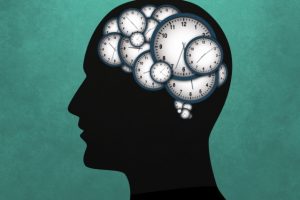
http://news.mit.edu/2017/networks-neurons-stretch-compress-control-timing-1204
A2
When filling out the attached activity for Module 5, Enculturation, I noticed some discrepancies in my responses between my values and my parents’ values. Some of my values are less traditional than my parents values. For example, number six, it’s traditional for our parents to believe that when they get older it’s our job to take care of them when they can no longer take care of themselves. I think now my parents’ norm to do so has rubbed off on me. Their value on changing how you communicate when talking to certain people has affected my personal values and norms. I agree with this because I was taught by my parents to change the way I act in certain situations.
This activity overall taught me that enculturation is common in most families and cultures. You develop certain values and norms through your caregivers by watching them as you grow up. Overtime you learn and develop your own values and norms that could be based off of your parents/caregivers.
This photo represents my learning experience with this activity by having me look into enculturation. I now realize how much my parents thoughts and values have rubbed off on me. While I have my own cultural norms/values, my parents have taught me some of their own.
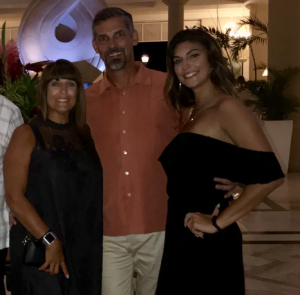
A1
While completing the activity in Module 3, I needed to look deeper into my culture. I wanted to pick an image I believed represented my cultures’ values and priorities. Family is extremely important in my culture; therefore, I chose a tree as my image to represent a family tree. The women in my family often speak their minds and are truly caring. The men are usually kind, but overprotective. It’s important that we all get together once a week to enjoy each other’s company.
After completing this activity, I was able to identify new things about my culture that I didn’t think to see before. I also learned how to look at my culture from a different angle in order to find what was unique about it. This course has taught me so much about not only other cultures, but even more about my own.
I chose this visual because it relates to the top artifact activity I completed. I chose a tree because it represents family, like a family tree. Also the tree could symbolize a way of classifying, identifying and organizing the knowledge I’ve gained from this course. The tree represents how I’ve grown and transitioned into a better student.
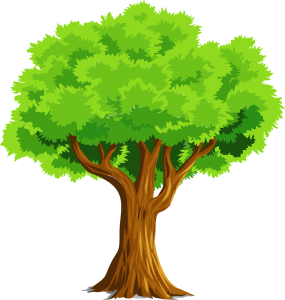
https://www.pinterest.ca/pin/401735229252033927/